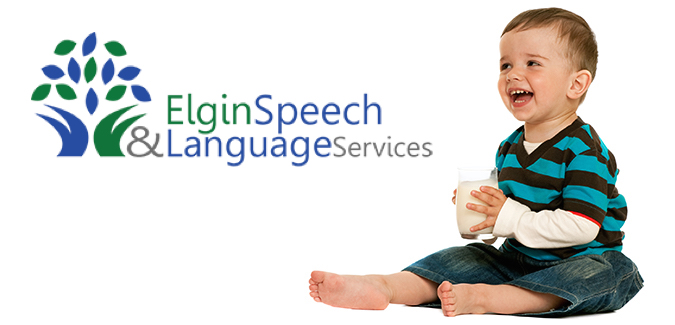From early on after my son’s birth last summer, we received a variety of gifts, including sippy cups. A blue one with cute dogs on it, even a sippy cup made to look like a baby’s version of a Starbucks coffee cup with the words ‘Baby Ducks’ printed on it. ‘Cute’, I thought. But something told me these gifts would not get the same amount of use as the spoons, bowls, and other feeding-related gifts we received. Why? Because I remember learning way back in my undergraduate and graduate school training that sippy cups are bad. Yes, bad. I could remember having this stance ingrained in me during my Speech-Language Pathology education, but now that I’m the mother of a busy, growing, and thirsty little boy, I wanted to do a little research as to why these cups are to be used with caution, if at all.


The reality is, the sippy cup was invented to prevent spills and protect floors (or car interiors, or anywhere else your family may travel!). While it is convenient for parents and caregivers, it was not designed to promote the development of a child’s oral motor skills (the function of the lips, tongue, teeth, hard and soft palate, and jaw). An interesting fact is that babies have a different swallowing pattern than adults. They thrust their tongues forward toward their gums (called suckling) to help extract milk when feeding. This is why, when babies are first offered food from a spoon, they may spit the food out as their tongue naturally thrusts forward. Sippy cups encourage continued tongue thrusting since the spout prevents the tongue tip from moving up behind the top front teeth to push the liquid to the back of the mouth to swallow.
As babies grow and develop, we expect their swallowing patterns to become more mature and adult-like; however, if sippy cups are used beyond a child’s first birthday (according to some experts), they can prevent the child from developing the more adult-like swallowing pattern. Additionally, the tongue thrusting movement that goes along with sippy cups can impact a child’s speech development. For instance, such children may struggle to produce certain speech sounds, such as ’s.’ Another concern is the child’s teeth – tongue thrusting can push a child’s front teeth forward, which may require costly orthodontic intervention to correct. I was surprised in my research to read that young children are rushed to the hospital every day for injuries resulting from sippy cups, bottles and pacifiers. This makes sense, given a toddler’s unsteadiness when learning to walk. If the child is walking with a sippy cup in his mouth, it’s no surprise that an injury could result should he fall on that sippy cup.
So, I’ve outlined some of the reasons why parents are cautioned against using sippy cups, and now you are wondering, “What are my options to help my child learn to drink?”
- If avoiding spills is the goal, a straw cup is an excellent alternative to a sip cup. If you plan on introducing your little one to a straw cup, professionals (including Speech & Language Pathologists) recommend giving the child a few weeks to practice drinking from it before cutting 1/4 inch off the top of the straw. Continue to cut the straw back 1/4 inch every couple of weeks until only 1/4 inch of the straw remains. This will prevent the child from suckling the straw and will ensure that the tongue is in the right position for speech development.
- Another sippy cup alternative is simply a normal, open cup. Babies can be introduced to an open cup whenever they seem ready. To prevent spills, parents can hold the cup and give the child single sips until he or she becomes comfortable with the practice. It is important that the child not use his or her tongue to support the cup, as the tongue needs to move upwards when drinking. We introduced an open cup to our son at about six months of age. I must say, he gets really excited whenever he sees his Bunnykins cup during meal time! He gets this big smile on his face, giggles with excitement, and happily reaches for the cup to “help” us hold it to his lips. Are there spills? Absolutely! And yes, despite the use of a ‘waterproof’ bib, his shirt is inevitably soaked by the end of the meal. But, he enjoys the experience, he swallows the water, and he is learning all the while what drinking from a cup is all about.
So there you have it. The sippy-cup is a great way to help mom and dad keep messes to a minimum, but it should not be some sort of developmental expectation or skill that needs to be learned. Oral-motor and fine motor skills for managing liquids develop best when kids are given practice in doing just that.



